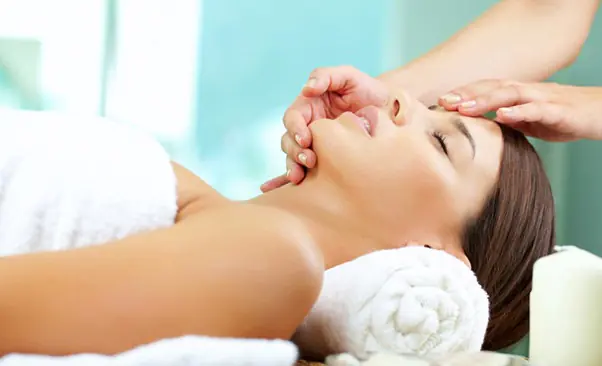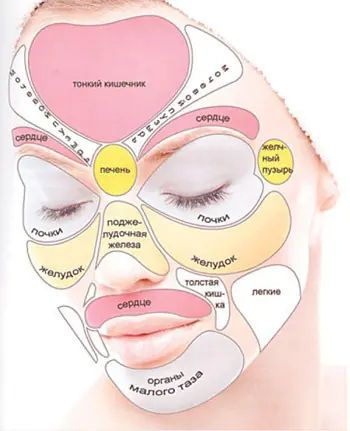Taoist massage is the conventional name for a whole group of massages that have come down to us since the times of Ancient China and are still very popular to this day. The technique of this type of massage is based on knowledge of the laws of energy circulation in the human body.. Its main purpose is to restore the physical and spiritual functions of the body.
The Taoist massage technique is useful for a wide variety of disorders - from energy disruptions to congenital gene pathologies. In general, it is quite unique in terms of energy exchange and is part of the teachings of Tao.
I would like to highlight one of its main purposes - ensuring the unhindered flow of qi through the channels of the human body.

The first stage of the massage is diagnostics of energy meridians
The main purpose of Taoist massage
The main goal is to eliminate all obstacles that arise on the human body for the free passage of vital energy. During the massage, the patient receives peace of mind, inner harmony with himself, and gains peace of mind..
As a rule, massage is recommended:
- people suffering from neurasthenia, and especially under stress;
- people with bad habits;
- for chronic fatigue;
- in case of indigestion;
- in case of sleep disturbance;
- early aging.
Today, many beauty salons offer their clients this type of procedure, which includes skin care for the face, neck and décolleté. The procedure restores the former beauty of the face and the youth of the skin.
Of course, some may doubt that one type of massage can include so many functions. You should not doubt or mistrust the Taoist technique, because it is not a specific type, but a whole system that brings together several types of massage.
Action
In order to achieve certain results, you need to pay special attention to:
- restoration of proper breathing. It is correct breathing that can ensure the flow of energy without hindrance;
- activation of biologically active points.
According to the results of medical research, it was found that the effect of Taoist massage improves blood circulation, activates metabolism, saturates the brain with oxygen, and improves the functionality of internal organs.
Taoist facial massage
Taoist facial massage has a powerful rejuvenating effect, akin to a rejuvenating massage. To carry it out, knowledge and traditional Chinese medicine are taken as a basis. A thorough diagnosis of facial skin is a significant component of ancient healing technology.
Each area of the face reflects the functioning of a specific internal organ. An experienced specialist in the condition of facial skin can identify problems related to the functioning of internal organs. These could be rashes, wrinkles or spots. By influencing certain points on the face, the harmonization of energy flows, the process of cleansing and rejuvenation of tissues is launched.

Areas of the face reflecting the work of internal organs
For greater effectiveness, pleasant music is played during the procedure, which encourages the patient to relax. Breathing becomes smooth and deep.
Before starting the procedure, you need to cleanse your facial skin. Facial peeling is also used, which helps exfoliate dead skin cells.
After thorough cleansing, the massage therapist begins to diagnose energy meridians, and then massage biologically active points. Working out the points helps to improve the tone of the facial muscles, strengthen the contours of the face, and improve lymph circulation. The removal of waste and toxins is also enhanced. Additionally, the massage therapist works on points that improve the functioning of internal organs.
In combination with a facial massage, a massage of the cervical-collar area is performed. It relieves muscle tension, eliminates headaches and gives a feeling of lightness. The average duration of one session is 50-80 minutes.
Biologically active points of the face
Contraindications:
- severe diseases of internal organs;
- exacerbation of chronic diseases;
- infectious diseases;
- allergic reactions;
- blood diseases;
- malignant and benign tumors;
- pregnancy.



